Original title: Unbalanced income and expenditure, the epidemic continues to worsen, the American rural medical system is on the verge of collapse
In the United States, 61 million people live in rural areas, accounting for 20% of the total population. However, since the outbreak of the new crown pneumonia epidemic in the United States, a large number of rural hospitals in the United States have closed down, and the number of bankruptcies has reached a ten-year high. Who shut down rural hospitals in the United States? What kind of knock-on effect will the collapse of a hospital have? CCTV reporter Liu Xiaoqian went to Kansas to find out.
One in five Americans lives in a rural area like St. Marys.
This summer, the only local hospital experienced changes. The hospital closed the emergency room and inpatient area, and only kept the general business such as the laboratory and radiology department.
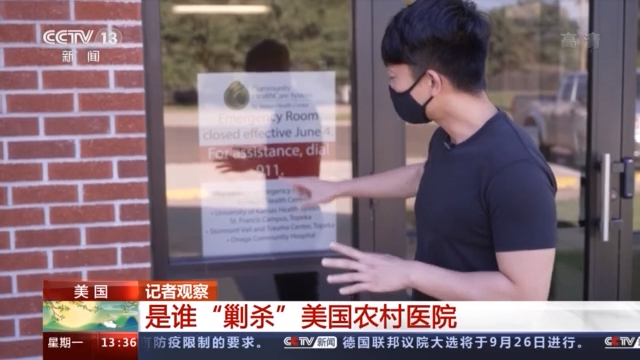
CCTV reporter Liu Xiaoqian: This area is the original emergency room area of the hospital, but according to the notice, it was officially closed in June of this year. If there is an emergency, call 911 and provide the three nearest hospitals, but according to our observation, it takes at least 30 minutes to get to these three hospitals. This means that if there is an emergency health condition, it is very likely that valuable time for first aid will be consumed on the road.
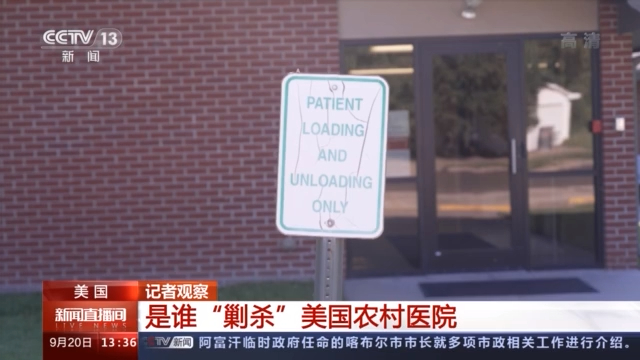
Saint Marys has a population of about 2,700 people. Isn’t their health important? We came to the hospital headquarters in Onega and asked the top executives who made this decision.
Reporter: Why did you decide to close the emergency room and inpatient area of St. Marys Hospital?

Todd Willett, CEO of Kansas Community Healthcare System: This is a difficult decision. The cost of employee salaries alone is as high as $750,000. We can’t afford it anymore. It may not be a lot for large hospitals. , But it is a lot of money for us.
The long-term unbalanced income and expenditure of rural hospitals in the United States
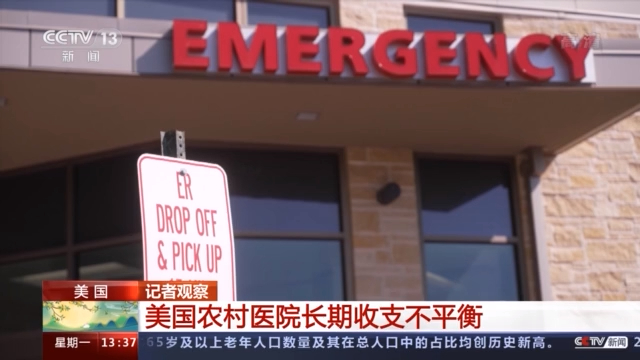
In the United States, the income of hospitals mainly comes from payments from federal health insurance and commercial health insurance institutions. The urbanization process has led to a sharp decline in the rural population. Americans who remain in the countryside are older, and have higher poverty and unemployment rates. This has made it difficult for community hospitals to achieve a balance between income and expenditure.

According to data from the Kansas State Hospital Association, in 2019, rural hospitals in the state could not obtain medical expenditures through medical insurance institutions as high as 22.8 million US dollars, and nearly 75% of rural hospitals are in danger of closing down due to severe deficits. At the same time, the outbreak of the new crown epidemic is even worse.
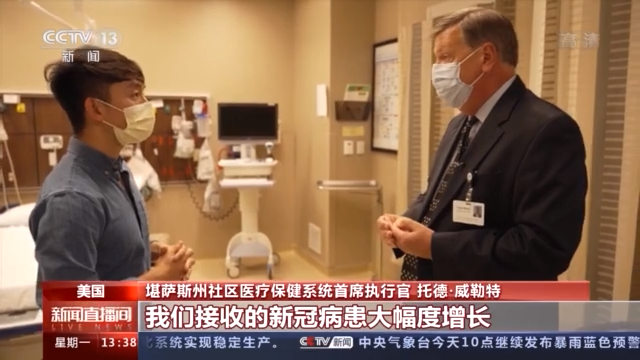
The epidemic pushes the U.S. rural healthcare system to the brink of collapse
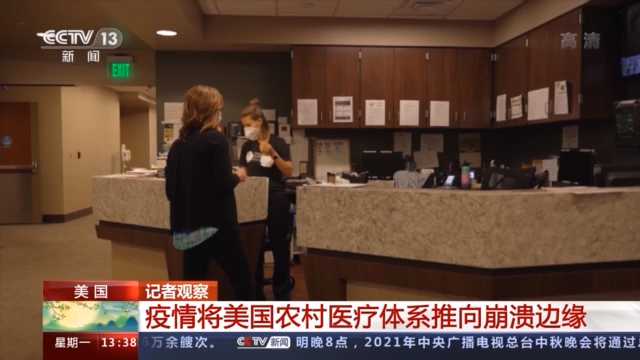
The epidemic has created more uncertainties in the financial situation of struggling hospitals. Outpatient service is an income-generating business of rural hospitals. At present, the number of outpatients in Onega Community Hospital has been reduced by 30% compared with before the epidemic, and surgical projects have been reduced by half. At the same time, a large number of nurses and medical technicians quit their jobs or switched to the higher-paying travel care industry.

Who “killed” rural hospitals in the United States?
There are currently 1,805 rural community hospitals in the United States. According to survey data from the University of North Carolina, 453 of these rural community hospitals are at risk of bankruptcy. During the interview, the reporter discovered that the long-term impact of the collapse of the hospital on rural communities may be devastating.
In Horton, in northern Kansas, the only local hospital was permanently closed in March 2019. Before that, the community hospital, which covered more than 1,700 residents, had a serious imbalance in revenue and expenditure, and even owed its employees’ wages. Today, it takes 20 minutes to drive to the nearest hospital to Houghton.
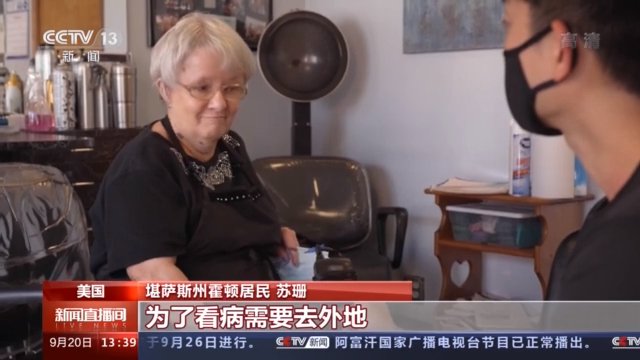
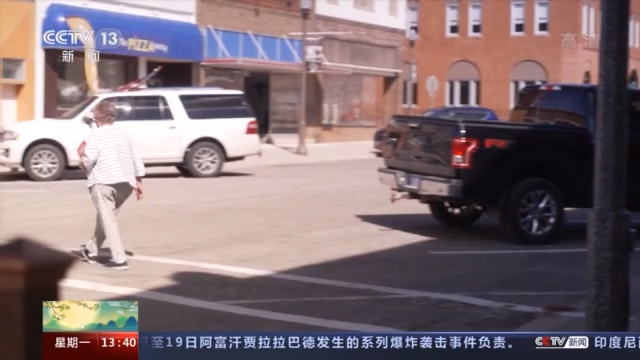
The closure of the hospital not only harmed the rural residents’ right to seek medical treatment, but also severely affected the local employment and business activity. Over the past two years or so, the community has shown an increasingly depressed trend.

Susan, a resident of Horton, Kansas: When people go to a hospital elsewhere, they will shop there instead of coming here.
Reporter: Can you feel the impact?
Susan, a resident of Horton, Kansas: Of course,
Reporter: Is even the barber business affected?

Susan, a resident of Horton, Kansas: Every industry is affected.
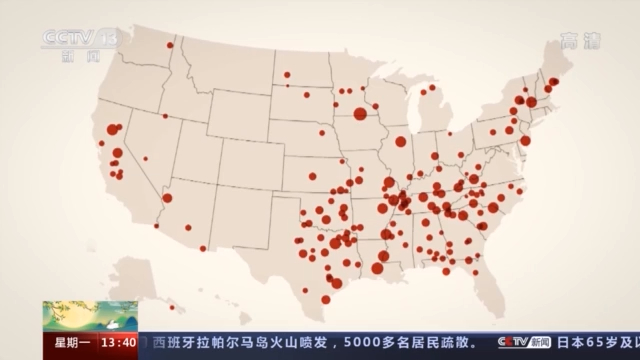
Since 2010, a total of 136 rural hospitals in 31 states in the United States have closed down. The fatal impact of the absence of hospitals on rural communities has been particularly pronounced.
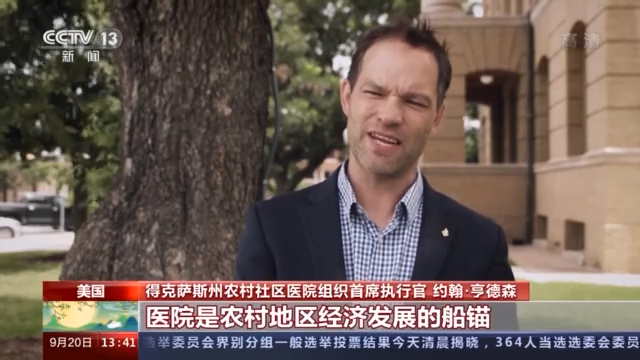
John Henderson, CEO of the Texas Rural Community Hospital Organization: When a rural hospital goes bankrupt, it is not just the hospital and its jobs that disappear. The entire community will be devastated. It will lose pharmacies, banks, and supermarkets. Hospitals are the anchors of economic development in rural areas, and their role is extremely important.
CCTV reporter Liu Xiaoqian: The closure of hospitals has caused residents to move out, and the decrease in population has affected the local economic income generation, and more hospitals have fallen into financial difficulties as a result. This vicious circle is pushing the American rural medical system to the brink of collapse.
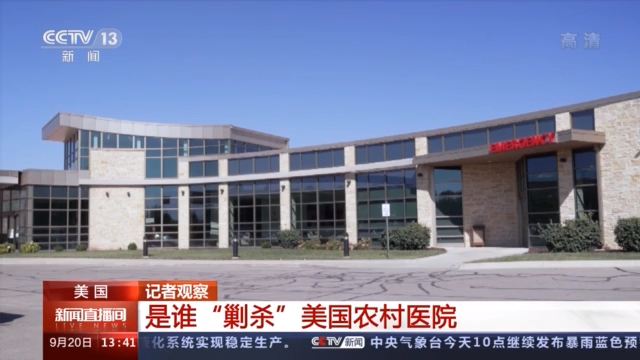
In the US$1.9 trillion new crown bailout bill passed by the US federal government in March this year, US$85 billion was used to assist the rural medical system. However, in the eyes of front-line managers, the prospects are not optimistic.
Reporter: Do you think the situation will get better?

Todd Willett, CEO of Kansas Community Health Care System: It will not get better, unfortunately, because we still cannot predict what will happen after the epidemic is over. The financial burden that the epidemic has brought to the United States is unimaginable. Both the federal and state governments will have to make new decisions. I don’t know where the rural hospitals will be in their decisions.
.
